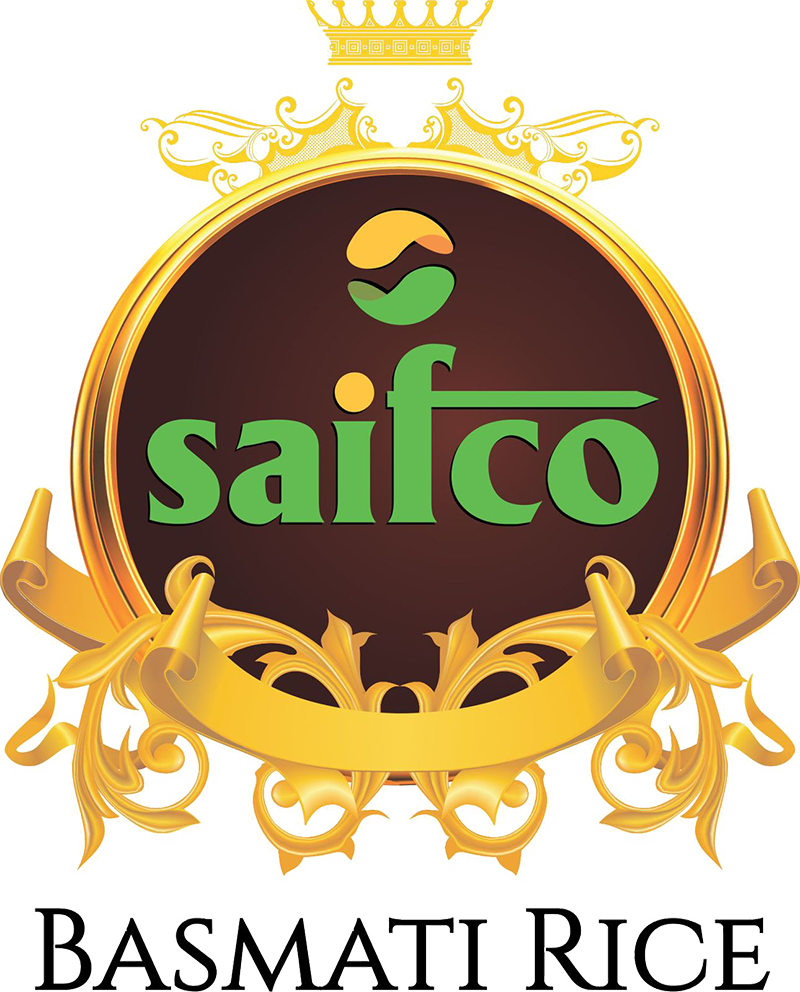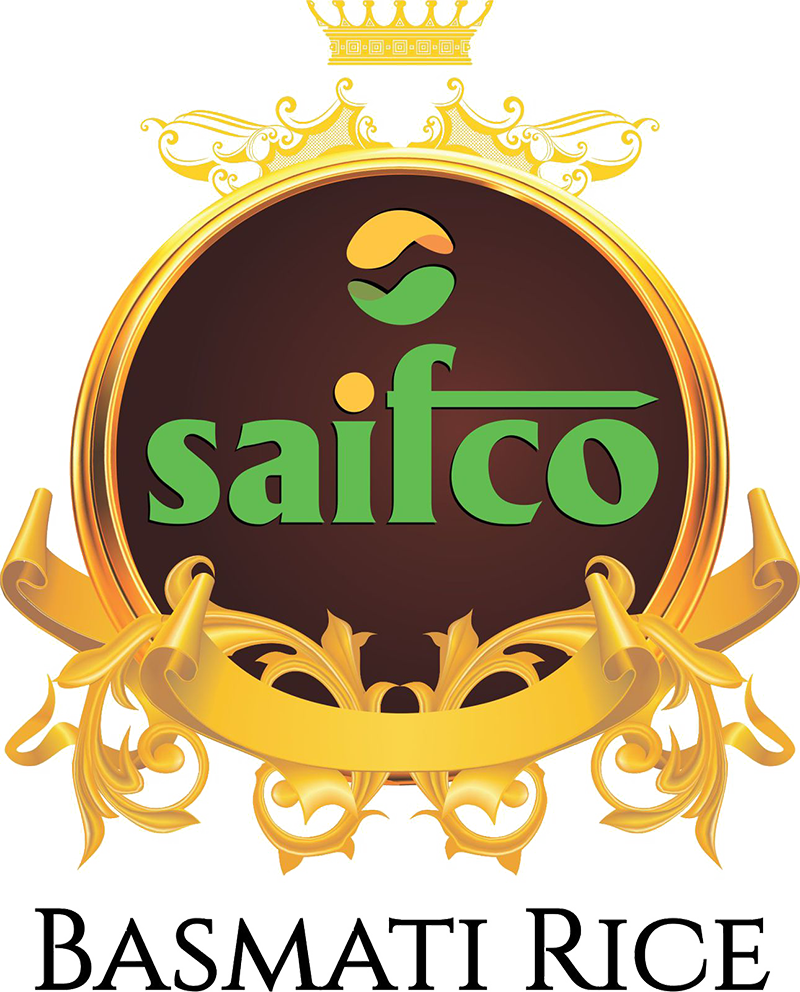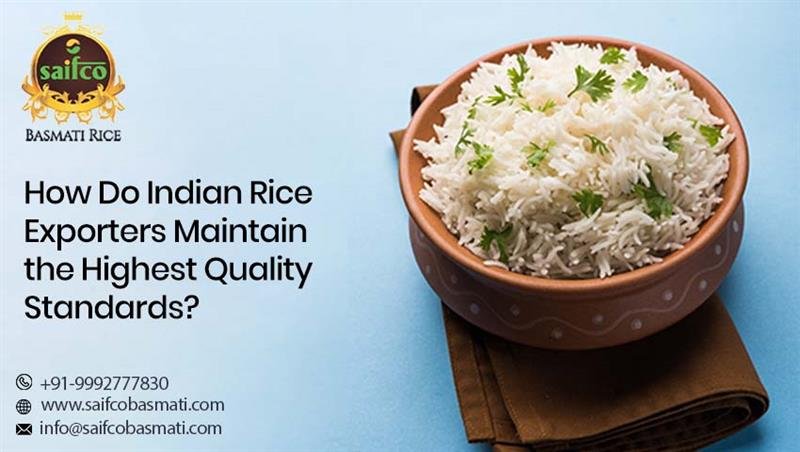How Do Indian Rice Exporters Maintain the Highest Quality Standards?
India stands as the world’s greatest rice exporter and boasts a highly valued collection of premium grains. Indian rice is preferred globally due to the variety and quality offered which include from aromatic Basmati rice to non-Basmati and even organic versions. To meet the international competitive standards, exporters have to follow extremely strict policies related to food safety, uniformity and sustainability which come from cultivation down to packaging.
In this blog, we will discuss how these benchmarks are met to satisfy international expectations.
Advantages of Exporting Rice from India
Wide Variety: India has different types of rice from aromatic basmati to non-basmati to satisfy every market demand.
Cost-Effectiveness: Indian Basmati rice is available at affordable prices which allows for a global market and do not affect the product's quality.
Consistency in Quality: Marketers receive uniform brand quality because of automated quality control processes and certifications in place.
Strong Export Infrastructure: No damage or delays to India’s exports because of the sophisticated logistics and port systems.
Global Compliance: No restrictions on Indian rice makes it freely eligible to enter regulated markets without hurdle.
How Indian Rice Exporters Ensure Superior Quality?
From Farm to Factory: Quality Assurance
Indian exporters of rice ensure the best quality of rice as they supervise the full process from the farm to the factory. At the farm level, there is careful selection of seeds and irrigation practices. There is strict quality inspection of the rice at the processing mills regarding the size of the grains, their colour and moisture content.
Following Global Certifications and Standards
Indian rice exporters understand their responsibilities towards the market and therefore maintain a high level of trust by complying with international certifications such as ISO, FSSAI and HACCP. With these certifications, one can trust easily that the rice is going to be processed and handled at a high level.
Advanced Techniques for Milling and Rice Processing
The automated systems carefully sort and polish the rice of Indian exporters to ensure rice export quality. Whole and unbroken grains are picked up by automated machines. Indian multiprocessors ensure that the milled rice meets the highest quality standards.
Safe Packaging and Smart Storage
A systematic method should be used to store rice in order to maintain its quality throughout the transportation period. Indian exporters use food-grade packaging materials like vacuum-sealed bags to improve the quality of food and reducing any rice contamination.
Useful Tips for Picking an Indian Rice Exporter
- Look for documented certifications.
- Look for the time period within the industry.
- Check the rice quality through samples.
- Evaluate custom design services and claimed packaging provided.
- Identify probable export quantities and evaluate logistical support.
- Assess client provided evaluations.
- Identify claimed pricing ranges and associated documents.
Conclusion
Identifying the ideal exporter in the international rice trade is crucial. For India, the exports supply potential is remarkable but in finding an exporter, there needs to be a reliance on technology as well as trust. Saifco Basmati Rice is renowned as one of the leading Rice Exporters in India because they put their customers first and maintain quality without compromise.




